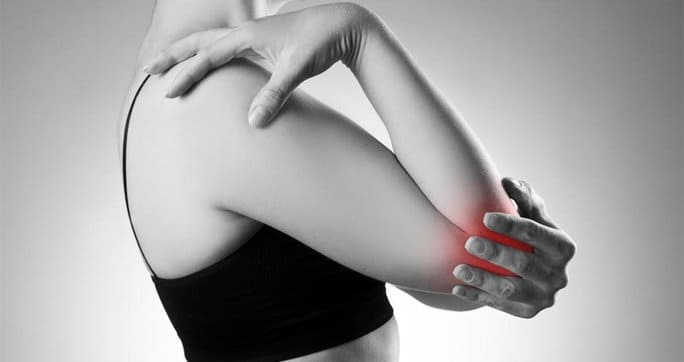Lateral Epicondylitis (LE), or simply known as Lateral Elbow, is a condition that largely affects the elbow, causing pain and discomfort. It is also very commonly known as the tennis elbow because it tends to affect tennis players or any sports that involves the use of racquets. However, one may also suffer from elbow pain caused by LE due to other activities that have the same risk such as:
- Squash
- Weightlifting
- Carpentry
- Painting
Sports Medicine, that is a branch of medicine, has been working to improve fitness and develop improved treatments for athletes who suffer from LE.
It is caused due to the inflammation of tendons that join the forearm to the band. Frequent motions of the forearm such as gripping a racquet tightly for a swing can put excess pressure on the tendons and damage them. As a result, one may feel pain and tenderness at the elbow.
When considering the treatment for Lateral Elbow, your healthcare provider might suggest exercise or making use of injections. Injections refer to the use of corticosteroids (man-made drugs that are said to have anti-inflammatory properties) to relive the elbow pain whereas exercise is physiotherapy that involves the strengthening and improving the movement of a particular body part.
An experiment was conducted, as a part of Sports Medicine, by several scientists to determine the effectiveness of steroid injections and exercise therapy alone as well as making use of the two together for patients suffering from Lateral Epicondylitis. About 165 participants were chosen for this study with all of them split into 4 groups at random to avoid bias. The groups were as follows
- 43 people who were to use the corticosteroid injections only
- 41 subjects that had to make use of a placebo injection only
- A group of 40 people with LE that were to utilize both the corticosteroid injection as well as multimodal physiotherapy.
- Lastly, a group of 41 subjects that would be given exercise therapy but a placebo* injection as well.
The results of this practical were recorded at fours, eight and 26 weeks.
The findings of this study, particularly at the fourth week follow up, was that there was a major improvement in the elbow pain of the patients that received physiotherapy along with a placebo injection.A significant effect, and almost a complete recovery at about 39% was determined for people in the physiotherapy and placebo injection group. However, those who received the corticosteroid injection alone did not get any better results and their condition remained fairly the same with about only 10% improvement.
Conclusion:
Therefore, according to this study, it could be said that a physiotherapy treatment alone could be much more effective as compared to the use of injection therapy when being used to relieve elbow pain due to Lateral Elbow. Further advantages and disadvantages of the two kinds of treatment are mentioned below.
- The pros and cons of injection therapy Injections containing corticosteroid are said to be a method that yields quick results. Although, this form of treatment is time-efficient, there are a few risks involved to it such as incomplete recovery or Lateral Epicondylitis to persist even after treatment.
- The pros and cons of a physiotherapy treatment This may require some more effort or possibly even more time to produce beneficial results. However, this method of treatment can be fully trusted to improve the condition of the patient suffering from LE and restore the natural movement and strength of the elbow as well as the forearm. *placebo: these are mock drugs that have no therapeutic value and contain inactive substances. They are only used in research studies.























































